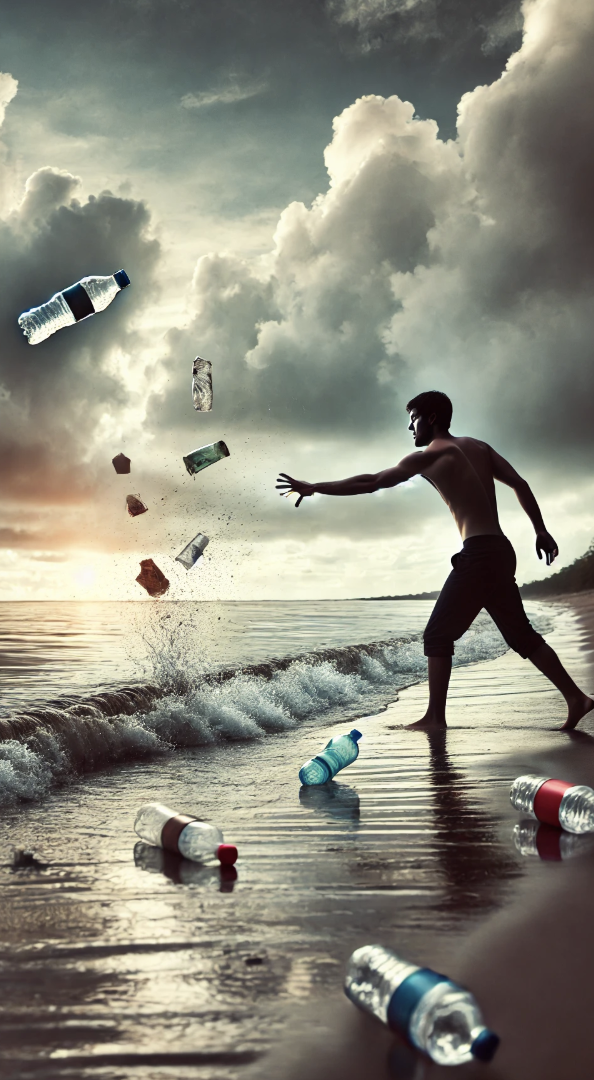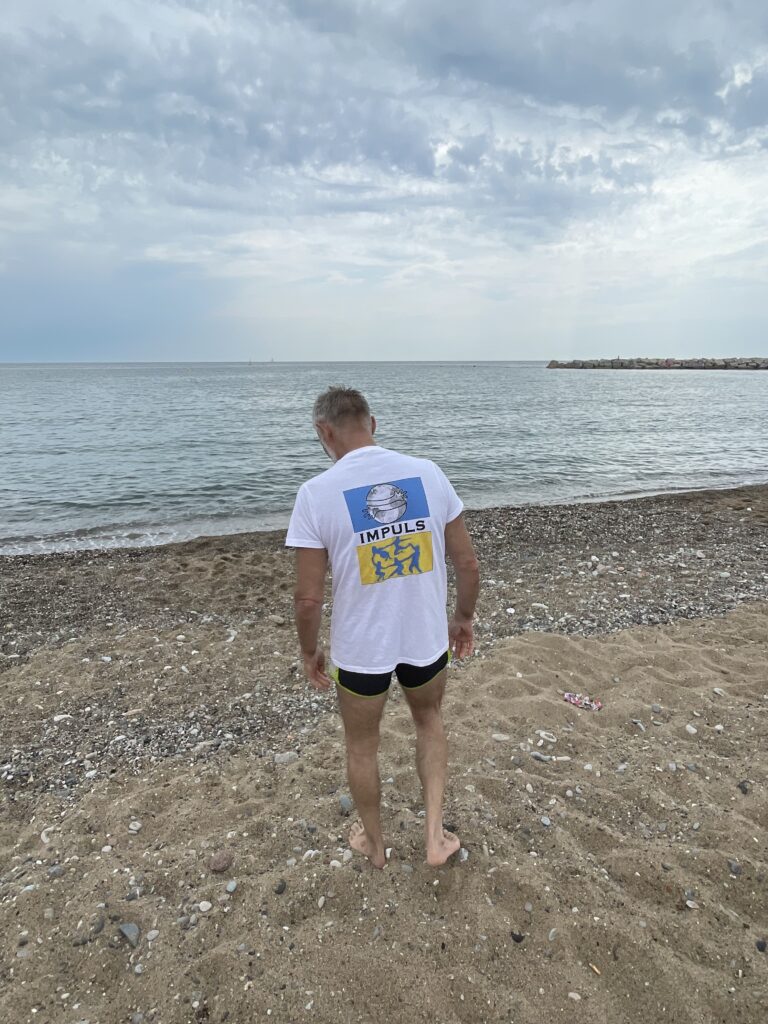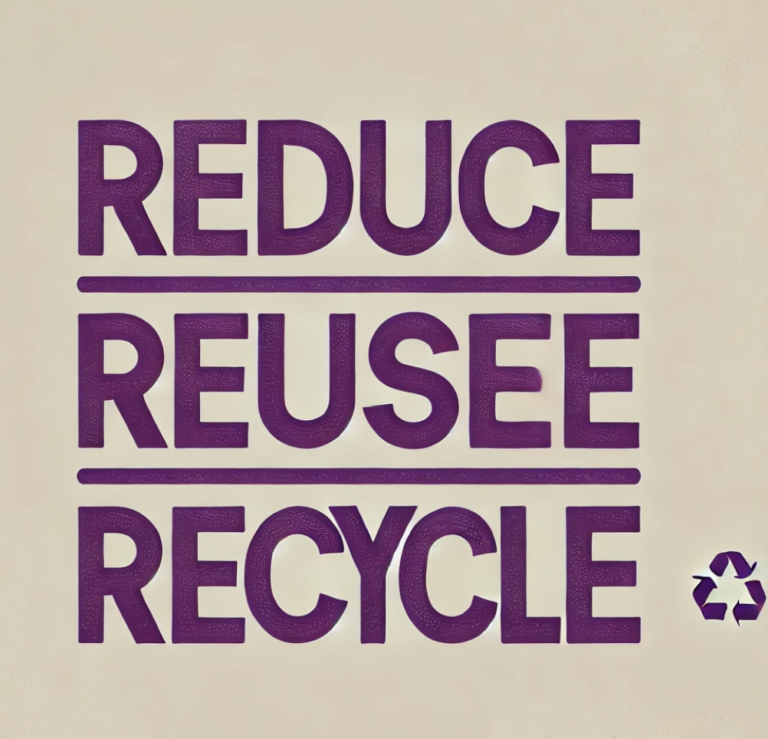Abstract
This article examines the current state of sea pollution along Barcelona’s coastline, drawing on recent research, environmental data, and urban studies. By analyzing the types of pollutants, their sources, and their impacts on both marine ecosystems and human populations, we aim to offer an objective overview and propose directions for future research and policy.
Introduction
Barcelona’s Mediterranean coastline is not only a major tourist attraction but also a vital ecosystem that supports marine biodiversity and local livelihoods. However, recent studies indicate an alarming increase in sea pollution levels, driven by urban runoff, industrial discharge, and tourism-related waste. Understanding the dynamics of these pollutants is essential for developing effective mitigation strategies and informing environmental policy.
Types of Pollutants and Their Sources
- Plastics and Microplastics
- Overview: Plastics remain the most prevalent pollutant. Large plastic debris often degrades into microplastics, which are subsequently ingested by marine organisms.
- Sources: Improper waste management, single-use plastics from tourism, and urban runoff are identified as primary sources. Recent measurements suggest that microplastic concentrations in Barcelona’s coastal waters have risen by approximately 20–30% over the past decade.
- Chemical Contaminants
- Overview: Chemicals such as heavy metals, pesticides, and industrial solvents have been detected in water samples, indicating ongoing industrial and urban contributions.
- Sources: These contaminants often originate from urban wastewater, industrial effluents, and agricultural runoff, highlighting the need for improved waste treatment and stricter industrial regulations.
- Organic Waste and Nutrient Loading
- Overview: Excess nutrients from organic waste can lead to eutrophication, causing harmful algal blooms that deplete oxygen and negatively impact marine life.
- Sources: This phenomenon is largely linked to sewage discharge and agricultural runoff, which are exacerbated during peak tourist seasons.
Impacts on Marine Ecosystems and Human Health
- Marine Life:
Research has documented a range of adverse effects on marine organisms—from ingestion of plastic particles to habitat degradation. Microplastics, for instance, have been found in the digestive tracts of several fish species, raising concerns about bioaccumulation and trophic transfer. - Human Health:
Exposure to chemical pollutants through contaminated seafood and recreational water use poses significant health risks. Additionally, eutrophication not only disrupts marine biodiversity but can also affect local fisheries and the quality of water used for recreational purposes. - Economic and Social Dimensions:
The degradation of coastal environments has implications for tourism, one of Barcelona’s major economic drivers. A decline in water quality can deter visitors, negatively impacting local businesses and employment.
Methodologies in Current Research
Recent studies on Barcelona’s sea pollution employ a multi-disciplinary approach, including:
- Field Sampling and Chemical Analysis:
Water and sediment samples are collected periodically along the coast to monitor pollutant levels. Analytical techniques such as mass spectrometry and chromatography are used to quantify chemical residues and identify microplastic particles. - Remote Sensing and GIS Mapping:
Satellite imagery and Geographic Information Systems (GIS) are utilized to track the distribution of pollutants, identify hotspots, and model the dispersion of contaminants. - Ecotoxicological Assessments:
Laboratory experiments assess the impact of specific pollutants on marine organisms, examining endpoints such as mortality, reproduction, and behavioral changes. - Socioeconomic Surveys:
Surveys and interviews with local residents, fishermen, and tourism operators provide insights into the socio-economic consequences of sea pollution and the effectiveness of current mitigation measures.
Policy Implications and Future Directions
Based on current research, several key areas have been identified for policy intervention:
- Enhanced Waste Management:
Improving waste collection and treatment processes, particularly in urban and tourist-heavy areas, can reduce the input of plastics and organic waste. - Regulatory Enforcement:
Strengthening regulations on industrial discharge and agricultural runoff is critical for reducing chemical contamination. - Public Awareness Campaigns:
Research underscores the importance of community engagement in mitigating sea pollution. Education initiatives and public participation in clean-up events have shown promising results in raising awareness and reducing litter. - Integrated Monitoring Systems:
Developing comprehensive monitoring systems that combine field data, remote sensing, and public reporting can help track progress and inform adaptive management strategies.
Conclusion
Sea pollution along Barcelona’s coast is a complex issue that requires a coordinated, multidisciplinary approach. While significant challenges remain—ranging from the persistence of plastics to chemical contaminants and nutrient loading—current research provides a solid foundation for future intervention strategies. Continued collaboration between scientists, policymakers, local communities, and international organizations is essential to ensure the long-term health of Barcelona’s marine environment and its coastal communities.





Hi, this is a comment.
To get started with moderating, editing, and deleting comments, please visit the Comments screen in the dashboard.
Commenter avatars come from Gravatar.